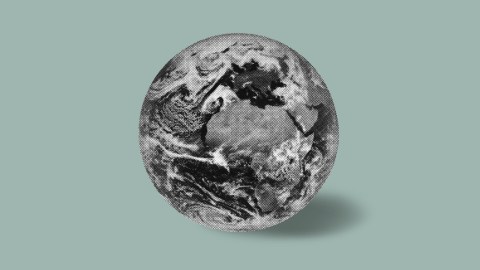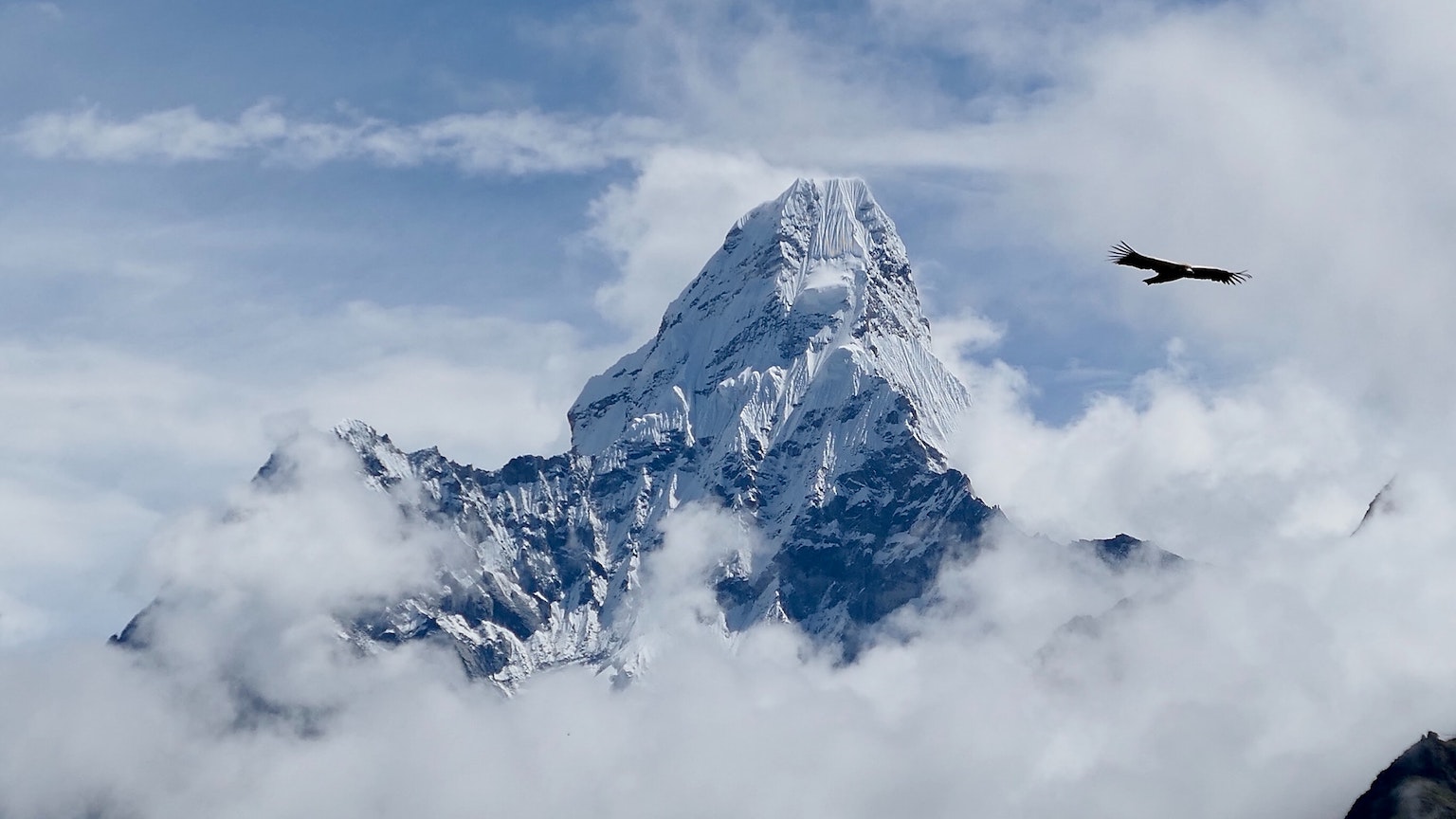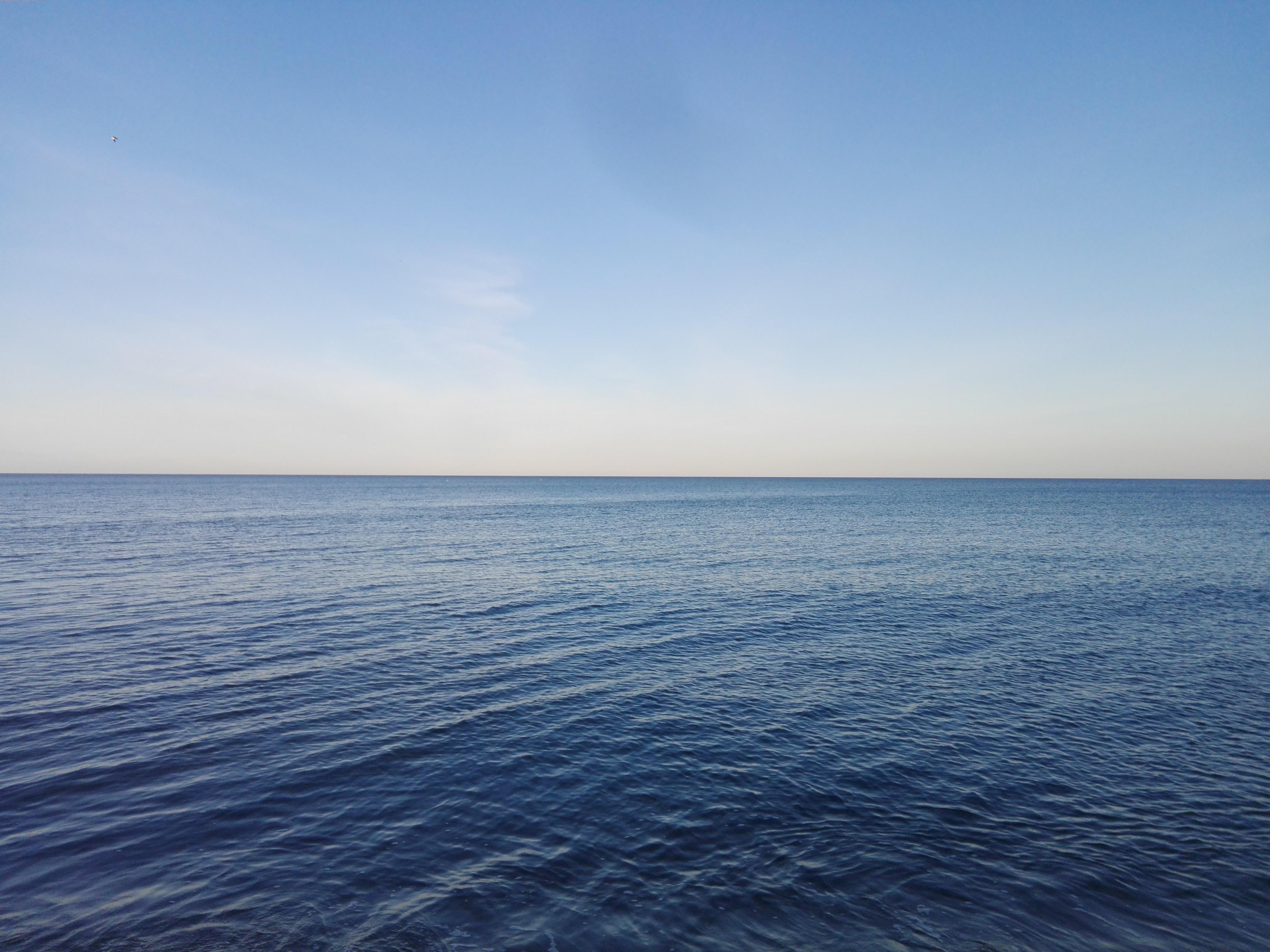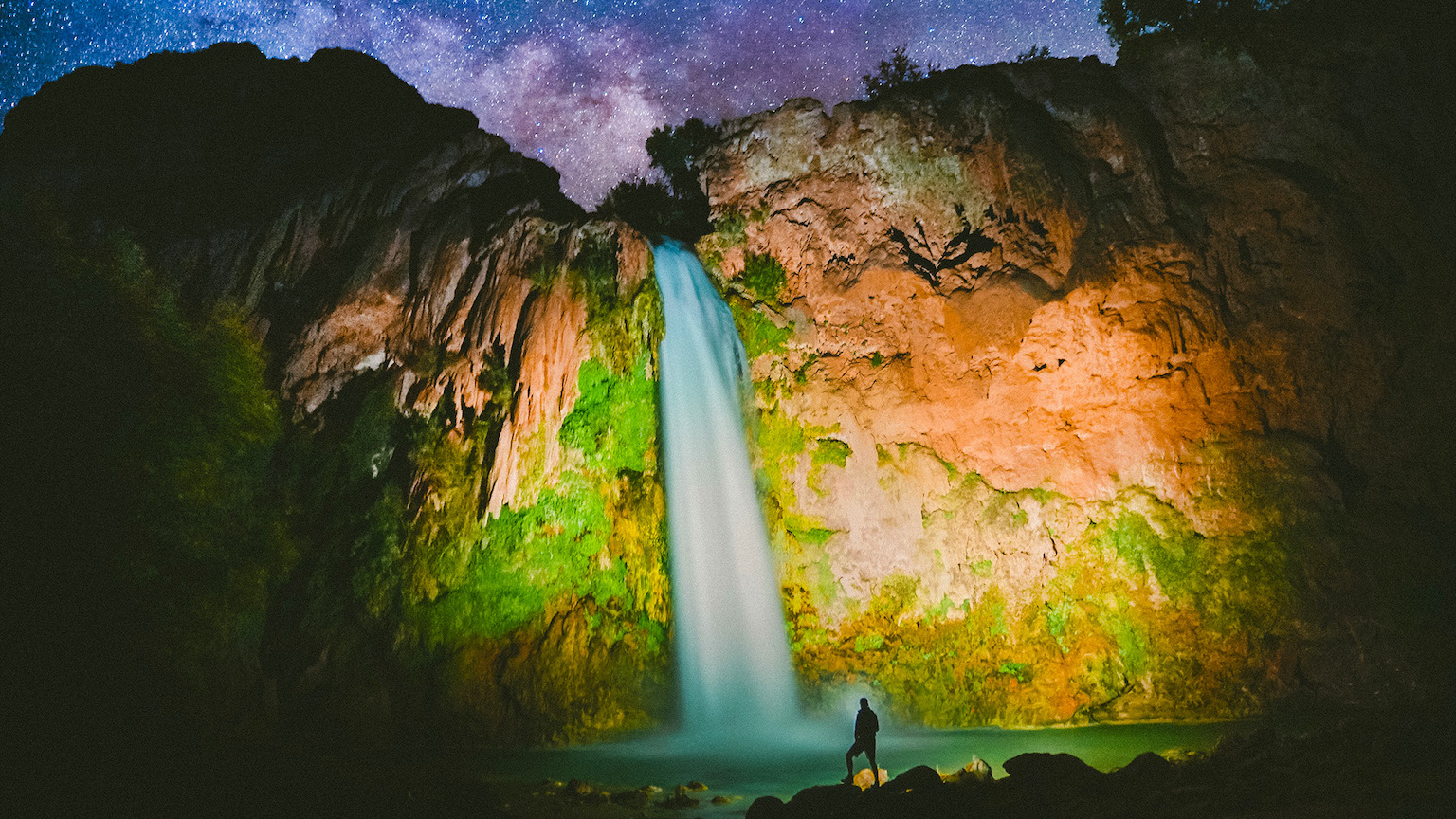Does life on Earth have a purpose?

- Is the incredible diversity of species a random accident? Or does life on Earth follow a plan of becoming ever more complex?
- Those who think there is such a plan believe the apex of this process would, of course, be us.
- The answer is both disappointing and exciting, given that we are the ones asking the question.
Before I jump into this essay, let’s clarify what I mean here by “purpose.” It is best to start with what I do not mean. I am not talking about a sense of purpose in our private lives, our personal choices and hopes, and the plans we make along the years. I hope, of course, that each of us lives with a sense that our life does have a purpose, even if this sense is sometimes elusive and fragmented. But what I mean to discuss here is the purpose of life, of biology as a natural phenomenon — this strange assembly of matter endowed with autonomy, capable of absorbing energy from the environment and of multiplying itself through reproduction.
What makes life different from non-life
Since this theme generates confusion and controversy, we must be careful. All life forms share at least one essential purpose: survival. This is even more important than another key purpose for life, reproduction. Plenty of organisms, after all, are alive but do not reproduce. To be alive is more than passing genes along to the next generation. To be alive is to want to remain alive. This is an essential difference between living creatures and other complex but non-living forms of material organization such as stars or rocks. These non-living material forms simply exist. They passively undergo the unfolding of the physical processes that shape them. For rocks, this is a give-and-take with erosion; for stars, it is about countering gravitational implosion while there is enough nuclear fuel to fuse in their cores. There is no strategy to any of this, and no action can be taken to delay what is inevitable.
The essential difference between the living and the non-living is the urge for preservation. Life is a form of material organization that strives to perpetuate itself. Life has autonomous intentionality.
The question of whether life has a purpose becomes confusing when we consider the stunning diversity of living forms on this planet. There is no controversy in saying that a single organism wants to remain alive. Even bacteria purposefully move toward where there is more sugar. But things get more complicated when we ask whether all of life shares a collective sense of purpose. They get more confusing still when we learn that the history of life on Earth shows increasing complexity. It starts with single-celled organisms and in time arrives at complex, multicellular life forms, including ourselves.
Easy conclusions that are false
Life has been around on planet Earth for at least 3.5 billion years. Remarkably, for roughly the first 2.5 billion years, there were only unicellular bacteria. Sure, these microbes varied in complexity — for example, there were prokaryotic organisms lacking nuclei, and eukaryotes that had them — but all of them were single-celled. Diversity of life forms only really took off some 600 million years ago. Especially after the Cambrian Explosion, about 530 million years ago, the multicellular complexity we associate with higher life forms became widespread enough to be evident now in the fossil record. That is when life began to take over oceans, land, and air with amazing speed and resilience — a process that continues today.
No wonder so many people believe that life as a collective has a plan, that of increasing its complexity. It follows that if life has a plan to become ever more complex, there must be a planner behind the whole thing. Of course, under this view, the apex of the process would be us — intelligent, technology-savvy humans. Theologians call this teleology. Creationists are big on this view, since it surreptitiously brings God into the picture as the planner.
This conclusion is false. There is no plan to make life more complex so that it can finally generate intelligent beings. (Eminent biologist Ernst Mayr makes a powerful argument against teleology here.) An animal’s adaptation is not a plan devised before it mutates. Mutations do not have a plan. Take the dinosaurs, for example. They were here for some 150 million years. Clearly, they were, with their various mutations and branches, very well adapted to their environment. Life wants to preserve itself, and it will struggle to do so for as long as it can. If the environment changes drastically, life will respond. Sometimes it will die, but for the species that survive, mutations may drive radical changes in short periods of time, as in the punctuated equilibrium hypothesis of Stephen Jay Gould and Niles Eldridge. That hypothesis is somewhat controversial, but it seems to contain a germ of truth.
If we changed one or more of the dramatic events in Earth’s history — say, the cataclysmic impact of the asteroid that helped eliminate the dinosaurs 66 million years ago — life’s history on Earth would also change. We probably would not be here asking about life’s purpose. The lesson from life is simple: In Nature, creation and destruction dance together. But there is no choreographer. The randomness of life makes it even more extraordinary that it evolved to include a species capable of asking about its own origins.





